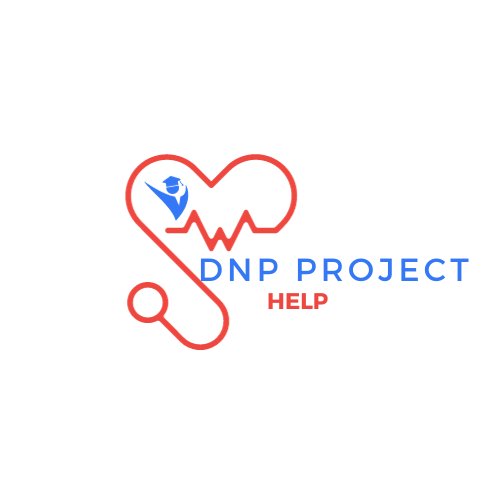
Justine Lawrence ihuman
History and Physical Exam
Chief Complaint:
How can I assist you today?
History of Present Illness:
- Is your rash painful or itchy?
- Does anything seem to make your rash better or worse?
- When did you first notice your rash?
- Are you using any new lotions, soaps, or deodorants?
- Has anyone else you know developed similar symptoms?
- Have you experienced any fevers?
I-HUMAN Case Study: Evaluating and Managing Integumentary Conditions
In this course, you will complete a series of case studies using the i-Human software application. The i-Human Patients (IHP) Case Player allows you to interact with virtual patients, enabling you to develop patient-assessment and diagnostic-reasoning skills. Through IHP, you will independently interview, examine, diagnose, and treat virtual patients, receiving expert feedback on your performance.
The integumentary system is vulnerable to a range of diseases, conditions, and injuries. These include common but relatively mild bacterial or fungal infections, as well as severe and potentially life-threatening issues such as skin cancer and severe burns.
Case Study Assignment
For this assignment, you will examine your first case study involving a patient with an integumentary condition. You will:
- Formulate a differential diagnosis.
- Evaluate treatment options.
- Create an appropriate treatment plan for the patient.
RESOURCES
Preparation and Assignment Instructions
Preparation:
- Review the Learning Resources for this week to understand how to assess, diagnose, and treat patients with integumentary conditions. Click the weekly resources link to access these materials.
- Access i-Human from this week’s Learning Resources and review the Justine Lawrence case study. Based on the provided patient information, think about the health history you need to collect from the patient.
- Consider the most appropriate physical exams and diagnostic tests to gather more information about the patient’s condition.
- Reflect on how the results from these exams and tests will help you make a diagnosis.
- Identify three to five possible conditions to consider in a differential diagnosis for the patient.
- Think about the clinical guidelines that might support the patient’s diagnosis.
- Develop a treatment plan for the patient that includes health promotion and patient education strategies for managing integumentary conditions.
Assignment:
As you interact with this week’s i-Human patient, complete the assigned Justine Lawrence case study. For guidance on using i-Human, refer to the i-Human Graduate Programs Help link within the i-Human platform.
By Day 7
- Complete your assignment in i-Human.
- Upload the PDF from i-Human to this assignment.
Justine Lawrence i-Human Case: Key Findings
Key Findings:
- Bilateral inner thighs with 10 × 12 cm raised, confluent, erythematous papulovesicular blisters in various stages.
- Left ventral forearm with 6 cm linear, erythematous papules with a yellow-red hue.
- Itching progressing to tenderness.
- Recent exposures:
- Wild brush plants
- Hot tub
- Oily suntan lotion
- Scallops
Case: Key Findings Feedback
- Bilateral inner thighs with 10 × 12 cm raised, confluent, erythematous papules and blisters in various stages: The location of the original rash provides crucial information about its spread. Combined with the morphology of the rash, this detail is essential for identifying the cause. Thus, it is the most significant active problem (MSAP).
- Left ventral forearm with 6 cm linear, erythematous papules and yellow-red blisters: This secondary location demonstrates the pattern of the rash’s spread. Its similarity to the original rash suggests it is related to the MSAP.
- Itching progressing to tenderness: The progression from itching to tenderness is vital for prioritizing the differential diagnosis. This finding is related to the MSAP.
- New exposures: Wild brush plants: Exposure to wild plants is a key historical element that could suggest the origin of the MSAP. However, a direct correlation is uncertain, making it unclear if this finding is related to the MSAP.
- New exposures: Hot tub: Hot tub water can contain bacteria (such as Pseudomonas) and chemicals that cause skin irritation or infection. This exposure is a key historical element that could indicate the origin of the MSAP. A direct correlation is uncertain, making it unclear if this finding is related to the MSAP.
- New exposures: Oily suntan lotion: Exposure to the chemicals, preservatives, and scents in a new lotion could indicate the origin of the MSAP. This new lotion can lead to skin irritation or intensify sunlight rays. A direct correlation is uncertain, making it unclear if this finding is related to the MSAP.
- New exposures: Scallops: Trying a new food could suggest the origin of the MSAP. A direct correlation is uncertain, making it unclear if this finding is related to the MSAP.
Case: Problem Statement
The patient is a 25-year-old otherwise healthy female presenting with a 2-day history of an intensely pruritic erythematous papular rash on the inner thighs and left inner forearm. Recent exposures include hiking through the woods, hot tub use, new lotion use, and eating scallops for the first time. Physical examination reveals a 6 cm set of linear, circumscribed, erythematous blisters on the left inner forearm and a 10 x 12 cm scattered, contiguous erythematous papular rash with surrounding superficial excoriations on the inner thighs. Vitals and the remaining physical examination are unremarkable.
Case: Management Plan
Pharmacologic Care:
- Apply clobetasol propionate 0.05% cream twice daily until the rash clears.
- Take OTC cetirizine 10 mg, one tablet orally daily as needed for itching.
Supportive Care:
- Take oatmeal baths.
- Apply cool, wet compresses to affected areas.
- Apply topical calamine lotion or aluminum acetate to affected areas.
Patient Education:
- Explained the diagnosis of contact dermatitis, potential causes, treatment regimen, and prognosis.
- Advised the patient to avoid poison ivy, oak, and sumac, and provided descriptions of these plants.
- Educated the patient on medications, including their purpose, proper use, potential side effects, and symptoms that would require discontinuation.
- Advised the patient to wash all clothing, towels, sheets, etc., in hot water to remove any irritant oils.
Follow-Up:
- Follow up in the clinic if symptoms do not begin to improve within 48-72 hours.
- Discussed warning signs that require immediate attention, including difficulty breathing, increased swelling, vomiting, fever, purulent skin discharge, or other concerning symptoms.
Must Read:


